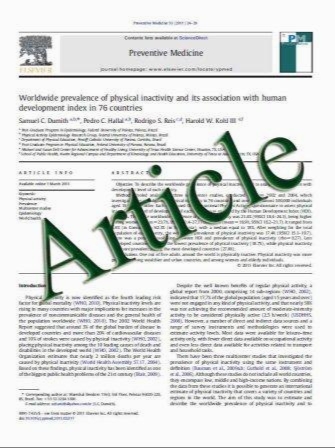Comparison of different tympanic membrane reconstruction techniques in type I tympanoplasty
- نوع فایل : کتاب
- زبان : انگلیسی
- مؤلف : Inci Alkan Demirpehlivan Kazim Onal Secil Arslanoglu Murat Songu Ejder Ciger Nazan Can
- چاپ و سال / کشور: 2011
Description
The objective of the study was to assess the functional results after type I tympanoplasty with temporal muscle fascia, perichondrium/cartilage island and cartilage palisades. The records of 120 patients who underwent type I tympanoplasty operation between January 2003 and June 2007 were retrospectively reviewed. This study aimed to comprise a homogeneous group of patients to make the comparisons as accurate as possible. For this purpose, primary tympanoplasty cases with subtotal perforations, intact ossicular chain, dry ear for a period of at least 1 month, and normal middle ear mucosa were included in the study. Patients younger than 15 years of age and patients with cholesteatoma were excluded. Temporal muscle fascia was used in 67 (55.8%), perichondrium/ cartilage island flap was used in 34 (28.3%), and cartilage palisades were used in 19 (15.8%) of the patients. Pre- and postoperative otoscopic examinations, pure-tone averages, and air-bone gaps were compared pre and postoperatively. Concerning all of the cases, the graft take rate was 85% (102/120). In the perichondrium/cartilage island flap group, the graft take rate was 97.7%, whereas the graft take rates for the fascia group and cartilage palisades group were 80.6 and 79.0%, respectively. In the perichondrium/cartilage island flap group, the pure-tone average was 36.36 dB, whereas the pure-tone averages for the fascia group and cartilage palisades group were 36.07 and 39.79 dB, preoperatively. The postoperative pure-tone averages were 24.54 dB fort he perichondrium/cartilage island flap group, 24.51 dB for the fascia group and 23.23 dB for the cartilage palisades group. Cartilage grafting is not only more enduring against infection and negative middle ear pressure but also it has low re-perforation rates on longterm follow-up. Thus, cartilage may be preferred more often for primary tympanoplasties with high graft rate and hearing improvement.
Eur Arch Otorhinolaryngol (2011) 268:471–474, Received: 9 September 2010 / Accepted: 23 December 2010 / Published online: 26 January 2011 Springer-Verlag 2011


